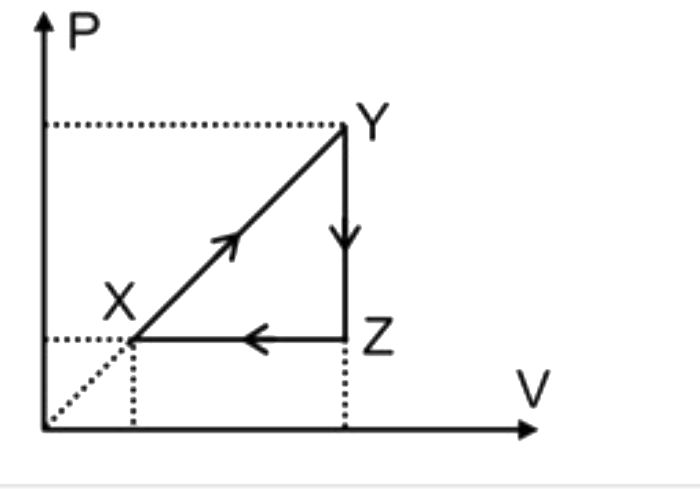The ΔG versus T line for Al lies below ΔG vs T line for Cr at all temperatures indicating that Al should reduce Cr(III) at all temperatures.
1
Topper's Solved these Questions
- GENERAL PRINCIPLES AND PROCESSES OF ISOLATION OF ELEMENTSBOOK - MODERN PUBLICATIONCHAPTER - GENERAL PRINCIPLES AND PROCESSES OF ISOLATION OF ELEMENTSEXERCISE - Memory Test (Complete the missing links)
11 Videos
- GENERAL PRINCIPLES AND PROCESSES OF ISOLATION OF ELEMENTSBOOK - MODERN PUBLICATIONCHAPTER - GENERAL PRINCIPLES AND PROCESSES OF ISOLATION OF ELEMENTSEXERCISE - Memory Test (Choose the correct alternative)
8 Videos
- GENERAL PRINCIPLES AND PROCESSES OF ISOLATION OF ELEMENTSBOOK - MODERN PUBLICATIONCHAPTER - GENERAL PRINCIPLES AND PROCESSES OF ISOLATION OF ELEMENTSEXERCISE - NCERT FILE (Ncert Exemplar Problems) (Assertion and Reason Type Questions)
5 Videos
- ELECTROCHEMISTRY BOOK - MODERN PUBLICATIONCHAPTER - ELECTROCHEMISTRY EXERCISE - UNIT PRACTICE TEST
20 Videos
- HALOALKANES AND HALOARENESBOOK - MODERN PUBLICATIONCHAPTER - HALOALKANES AND HALOARENESEXERCISE - UNIT PRACTICE TEST
11 Videos
Similar Questions
What fraction of the volume of a vessel must liquid ether occupy at room temperature in order to pass into crictical state when critical temperature is reached ? Ether has Tcr=467K,pcr=35.5atmpM=74g/mol.
View SolutionIn the show indicator diagram over pressure - volume scales 'n' moles of an ideal gas is cycled . If the temperature of the gas in the state X and Y are respectively TXandTY . Temperature of the gas in the state Z is the (All temperature are in absolute scale )

View Solution
Knowledge Check
In which of the following cases, ΔG<0 at all temperatures ?
AΔH=0,ΔS=0BΔH>0,ΔS<0CΔH<0,ΔS>0DΔH<0,ΔS<0The signs of ΔH,ΔSandΔG for a non-spontaneous reaction at all temperature would e
A+,+,−B+,−,+C−,−,−D+,+,+In an isobar, at zero volume all the lines meet the temperature axis at
A0∘CB273KC−273.15∘CD−273K
Under what condition of ΔG,ΔH or ΔS, a reaction will be spontaneous at all temperature?
View SolutionThe change in Gibbs free energy of the system alone provides a criterion for the spontaneity of a process at constant temperature and pressure. A change in the free energy of a system at constant temperature and pressure will be :
ΔGsystem=ΔHsystem−TΔSsystem
For a system in equilibrium, ΔG=0, under conditions of contant....
View SolutionThe change in Gibbs free energy (ΔG) of the system along provides a criterion for the spontaneity of a process at constant temperature and pressure. A change in the free energy of a system at constant temperature and pressure will be:
ΔGsystem=ΔHsystem−TΔSsystem
At constant temperature and pressure:
ΔGsystem<0 (Spontaneous)
ΔGsystem=0 (equilibrium)
ΔGsystem>0 (non-spontaneous)
Free energy is related to the equilibrium constant as:
ΔG∘=2.303RTlog10Ke.
Q. For a reaction to be spontaneous at all temperature.
View SolutionA temperature T is measured by a constant volume gas thermometer
(i) T is independent of the gas used at all pressure
(ii) T is independent of the gas used only at low pressure
(iii) The ideal gas scale agrees with the absolute scale of temperature
(iv) The ideal gas scale does not agrees with the absolute scale of temperature
View SolutionFor which one of the following reaction, the graph of ΔG against T is almost horizontal to temperature axis
View Solution
